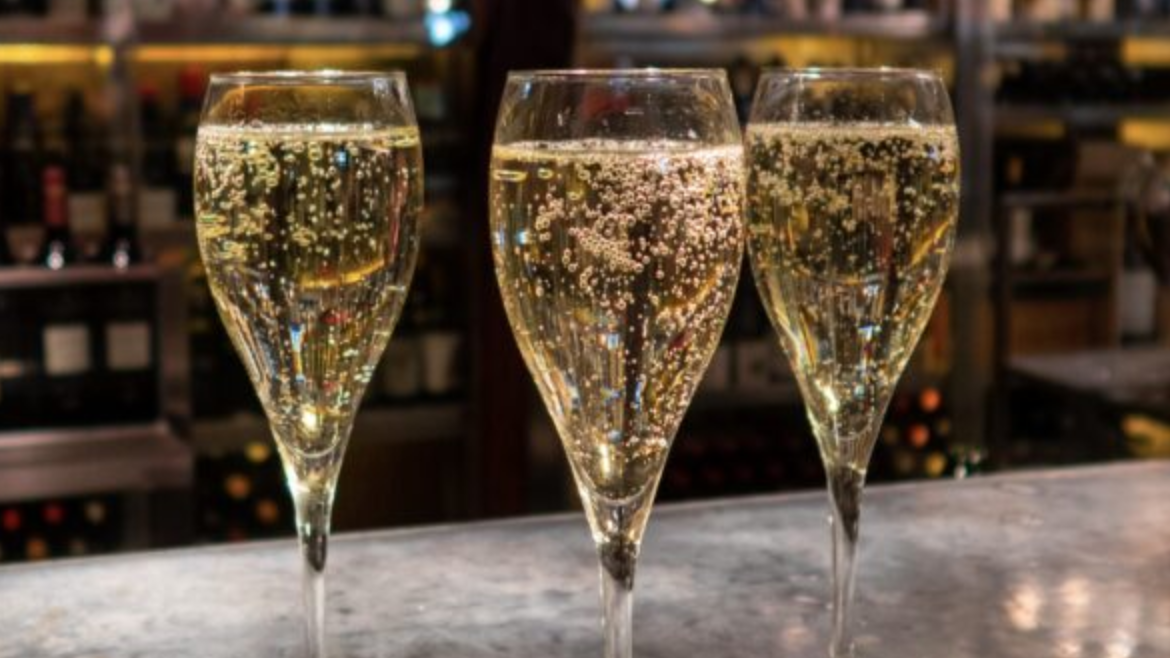Napa’s Be Bubbly, NYC’s Coqodaq, DC’s Apéro: Top 10 Bars and Restaurants for Champagne from Bureau du Champagne
From Napa to DC to Manhattan and just 7 other sparkling stops!
Bureau du Champagne, USA today announced its annual list of the Top 10 Bars and Restaurants where Champagne plays a starring role. The list, now in its third year, recognizes establishments that elevate and celebrate the uniqueness of the sparkling wine that comes only from Champagne, France.
Released in advance of Champagne Day 2024, the list showcases Champagne standouts in every U.S. region. It recognizes restaurants and bars that take special care to offer Champagnes from a wide variety of producers, list them properly on their menus, and serve them with élan.
“We received nominations for spectacular bars and restaurants across the country, and selected from them a list of destinations that embody the spirit of Champagne,”
Lori Russo
Director,
the Bureau du Champagne, USA.
“While these restaurants and bars differ in style, spanning the spectrum from fine dining to fried chicken, they all have one thing in common: they understand what makes Champagne special. For that, we couldn’t be prouder to raise a glass to them on Champagne Day and the rest of the year.”
The full list of this year’s featured bars and restaurants can be found below in alphabetical order:
- Apéro, Washington, DC: Apéro’s list of more than 700 wines places special emphasis on Champagne. The intimate setting in DC’s popular Georgetown neighborhood is an ideal spot to explore an extensive list of Champagnes smartly organized by style.
- Be Bubbly, Napa, Calif.: In the heart of California wine country, Be Bubbly takes care to showcase Champagne with a menu that includes a map of the region’s five wine-producing districts and a philosophy of Champagne as a celebration of life.
- Boiler Room, Omaha: The wine list at this terroir-focused restaurant, originally conceived by a Master Sommelier, offers a broad range of Champagnes at varying price points so everyone can join in the celebration.
- Charleston, Baltimore: The wine program at Charleston emphasizes the special relationship between wine and food. The Champagne list, which spans three pages of its menu, explains the magic of Champagne along with a diversity of tasting profiles.
- Coqodaq, New York: Proving the versatility of Champagne, Coqodaq pairs the sparkling wine with both caviar and its signature bucket of Korean fried chicken.
- Coupes, Dallas: Coupes bills itself as a bar for Champagne. True to its name, its vast menu of Champagnes explains that “Champagne is a sparkling wine, but not all sparkling wines are Champagne.”
- Fizz Champagne & Bubbles Bar, Sacramento, Calif.: Fizz believes in celebrating everyday triumphs with Champagne. Its menus and events elevate Champagne from France and distinguish it from other sparkling wines.
- La Vie, Waikiki, Hawaii: La Vie’s emphasizes farm-to-table dining with French flair, so its large selection of vintage and non-vintage Champagnes creates the perfect complement, and the view is special, too.
- Pops for Champagne, Chicago: Known for its special events, tastings, Champagne education and a vast list of Champagnes of every style, Pops has been dazzling Chicago with Champagne since 1982.
- Sexy Fish, Miami: The extraordinary interior of this Brickell restaurant is matched only by its extensive list of Champagnes both accessible and rare.
For more information on Champagne Day or to find an event near you, visit champagneday.champagne.fr. More events will be added in the near future, so check back often.
Bureau du Champagne, USA, is the official U.S. representative of the Comité Interprofessionnel du Vin de Champagne (CIVC), a trade association representing the houses and winegrowers of Champagne, France. The Bureau works to advance the CIVC’s mission of defending the interests of the Champagne appellation worldwide through education and advocacy. For more information, visit us online at www.champagne.us.



